Features of insulation with sawdust
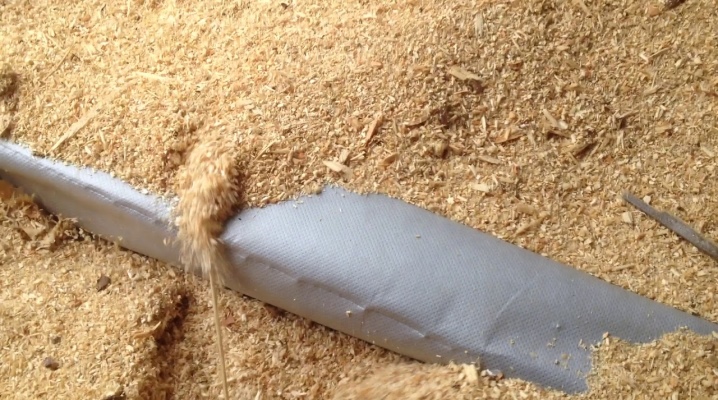
Despite the abundance of industrial insulation for residential and utility premises, sawdust is still very popular with private developers. With the help of such a natural thermal insulation material, you can significantly reduce construction costs and provide housing with good thermal insulation. All work on the installation of thermal insulation layers can be done independently.
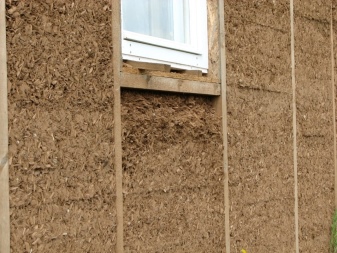
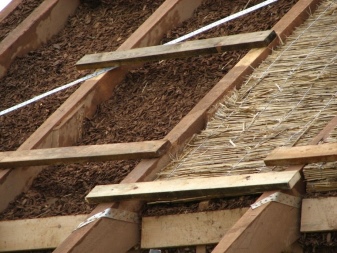
Advantages and disadvantages
In the current crisis conditions, sawdust can become an excellent alternative to expensive types of thermal insulation materials, which are available in large quantities on the market. Insulation with sawdust of a new or old house, bathhouse or other outbuildings provides a significant reduction in costs.
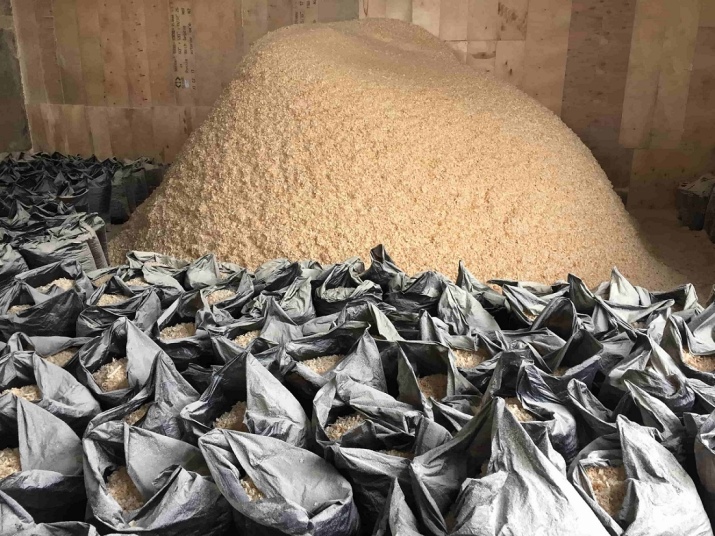
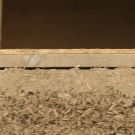
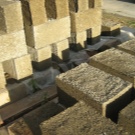
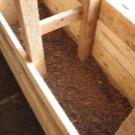
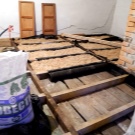
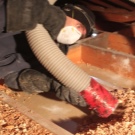
Despite the fact that the thermal conductivity of this material is significantly inferior to such insulation materials as mineral wool or foam, sawdust has a large number of advantages, which include:
- maintaining the optimal level of humidity throughout the year in the room due to the fact that such material brings out the excess of moisture accumulated in the house;
- excellent vapor permeability, which is not found in other industrial heat-insulating materials;
- resistance to high humidity and condensation, which appears on various surfaces during temperature changes;
- the ability to absorb and release steam back when too dry air in the room is formed.
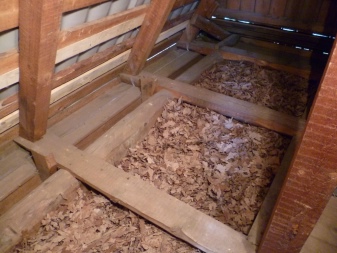

It is a natural, environmentally friendly material that helps create a healthy home environment by keeping warm and regulating indoor humidity. Sawdust, unlike other heat-insulating materials, does not block the vaporization process and does not allow high humidity to be created in the house.
Even moisture cannot completely ruin such a material, if you choose the right components for it. Minvata, for example, does not possess such properties and immediately deteriorates from moisture.
It is an ecological material that creates a healthy microclimate in the house. Sawdust not only does not emit toxic substances, but creates a comfortable microclimate thanks to phytoncides found in wood of various species. This natural insulation is great for allergy sufferers.
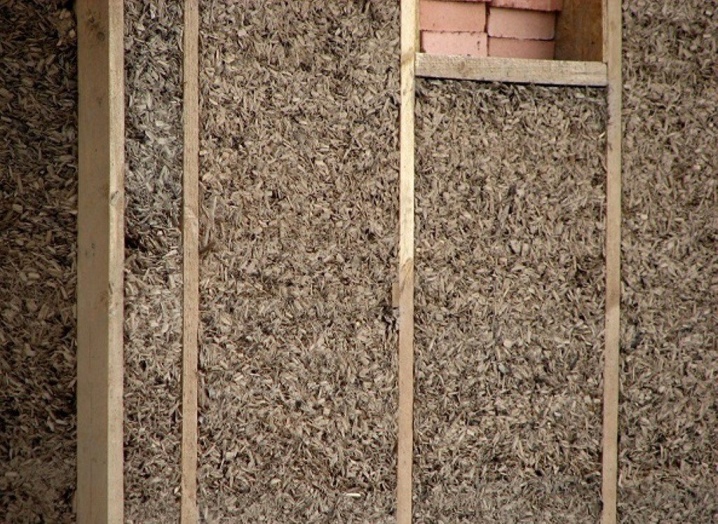
The advantage of sawdust is their low cost compared to industrial insulation. If desired, they can be removed from the sawmill or woodworking workshop free of charge, paying only for transportation costs.
This is a reliable thermal insulation that can last a long period of time if the sawdust is treated with an antiseptic before use, which will protect them from pests, rot, mold and mildew.
It is a versatile insulation that can be used to insulate an entire building. When working with sawdust, you do not need to use special tools. The filling of the material can be carried out in any hard-to-reach places, thus providing good thermal insulation along the entire contour.


With a large number of advantages, sawdust also has a number of disadvantages:
- high degree of flammability;
- the ability to attract rodents that live in free-flowing dry materials;
- tendency to caking, as a result of which voids can form in places of thermal insulation.
These minuses easily turn into pluses if you treat wood chips with fire-fighting compounds before use.To prevent the sawdust from caking, they are mixed with compositions that maintain their original volume. Boric acid and hydrated lime are used against rodents.
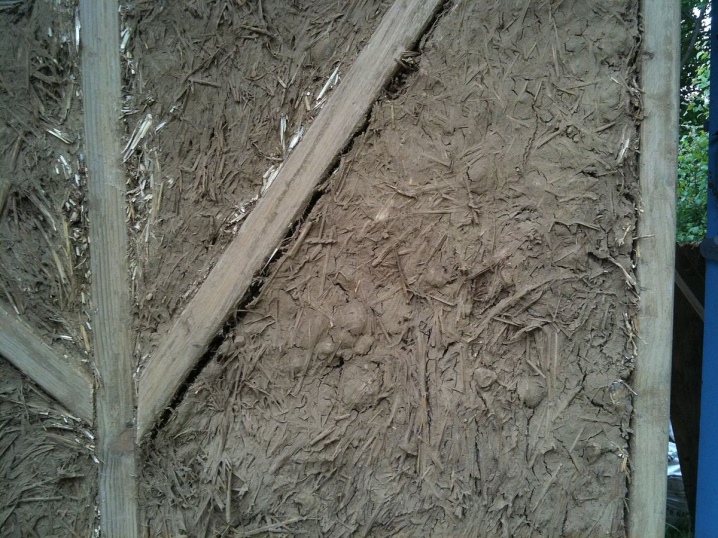
Types of sawdust for insulation
In the course of wood processing, waste of various fractions is obtained. They look like fine dust that is obtained during the sawing process. Wood shavings are obtained by planing wood. As a heater, preference should be given to sawdust of the middle fraction.
Before use, wood shavings must be pre-treated with compounds that protect them from burning, decay and caking. Usually, components are added to the dry mix to increase the durability of the chips and prevent them from settling. If the insulation is carried out using the technology of backfill insulation, sawdust is mixed with slaked lime, with clay or gypsum.
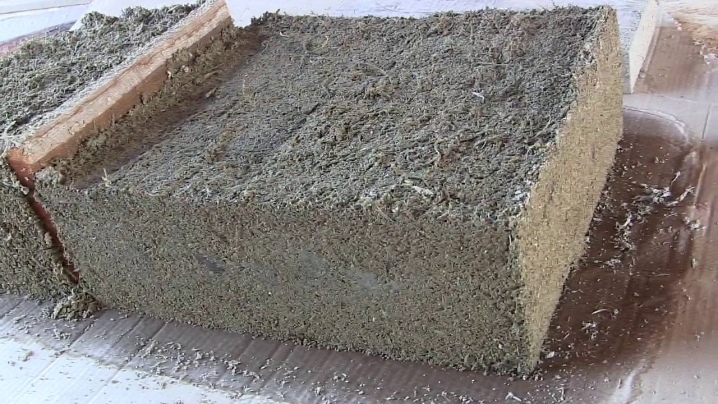
In addition to bulk insulation, solid thermal insulation is used. It is made from sawdust-based cement mortar. One of its types is wood concrete. First, dry ingredients are mixed with each other in a ratio of 9 parts sawdust and 1 part cement. Then a small amount of water is gradually added. This insulation is lightweight and fire resistant. In order for the thermal insulation from it to last for a long time, the blocks are covered with a waterproofing material.
A block of wood is used from sawdust treated with copper sulfate and cement in a ratio of 8 to 1. The dry mixture is poured into the frame partitions, forming the inner and outer walls, covered with waterproofing from the inside, and tamped. In the process of compaction of the dry mixture, water is released from the sawdust, which mixes with the cement and gives the thermal insulation block strength.
Sawdust concrete is made in the form of blocks of sawdust, cement, sand and water. First, make a dry mixture by taking 8 parts of wood shavings, 1 part of sand and 1 part of cement. Everything is thoroughly mixed, and then water is gradually added.
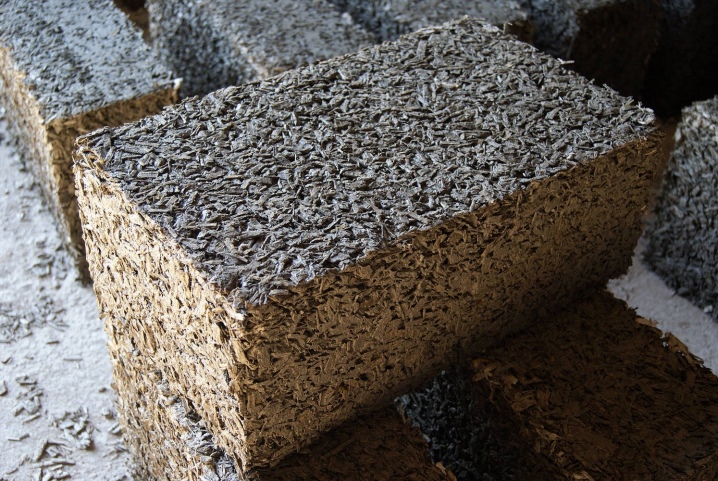
How to insulate correctly?
The selection of the type of sawdust insulation depends on the material from which the house is built. When choosing, it is important to take into account the specifics of the binder and the proportions of the working mixture. If sawdust is mixed with lime, gypsum or cement, then it is better to use them for the roof. Sawdust with a binder that can withstand the effects of atmospheric agents is better for exterior walls or for baths. Ingredients with a lower specific gravity and increased moisture resistance should be used on the ceiling.
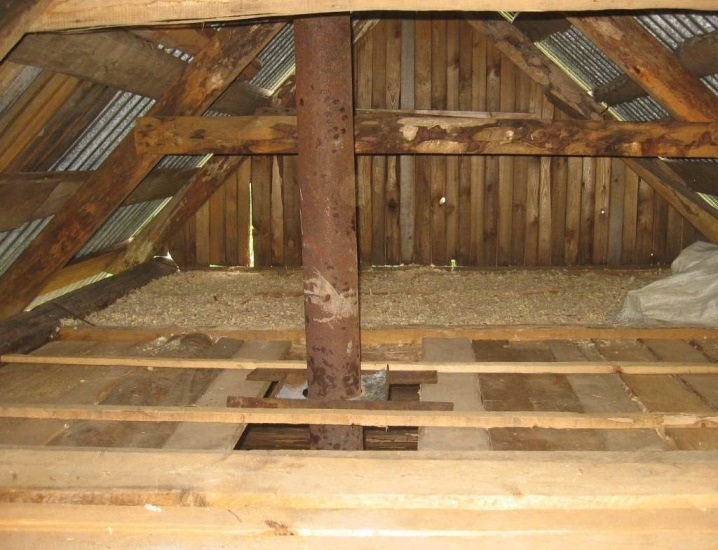
Correct selection of proportions and reinforcing materials will reduce heat loss at minimal cost. It is always necessary to put fluffy lime in the sawdust, which will scare off rodents, prevent mold and fungi from appearing.
Floor
Usually, the floor on the first floor in a country house is insulated so that the cold does not pull from the basement or from the foundation. The floor can be insulated with dry backfill or cement-sawdust mortar.
When the dry method is used, it is necessary to dry the shavings and mix them with slaked lime in a ratio of 1 part fluff to 10-15 parts of sawdust.
Before backfilling, when using any method of insulation, the floor should be covered with a waterproofing film and a ventilation system should be provided.
When using "dry" technology, before mixing, wood dust must be treated with a solution of boric acid, which will protect it from decay. After that, the sawdust must be dried.

Dry backfill is made in two layers. First, a bottom layer of shavings 10-15 cm thick is created, after which it is tamped. Fine sawdust is poured onto it to fill the remaining voids in the shavings. The created layer is carefully compacted. As a result, the thickness of the insulation should be 30 cm or more. After installation, you need to let the insulation settle for two days. Ensure that there is a ventilation gap between the thermal insulation and the floor covering.
To protect from the cold coming from the floor, a cement-sawdust mortar is used.You can also use clay instead of cement as a bonding element. When using sawdust working solution, first create a sand cushion on the base. After that, prepare a working solution by taking 10 parts of sawdust, 1.5 parts of cement and 1 part of water. Everything is thoroughly mixed in dry form, and then water is gradually added.
Also, when mixing the solution, you can add copper sulfate as an antiseptic.
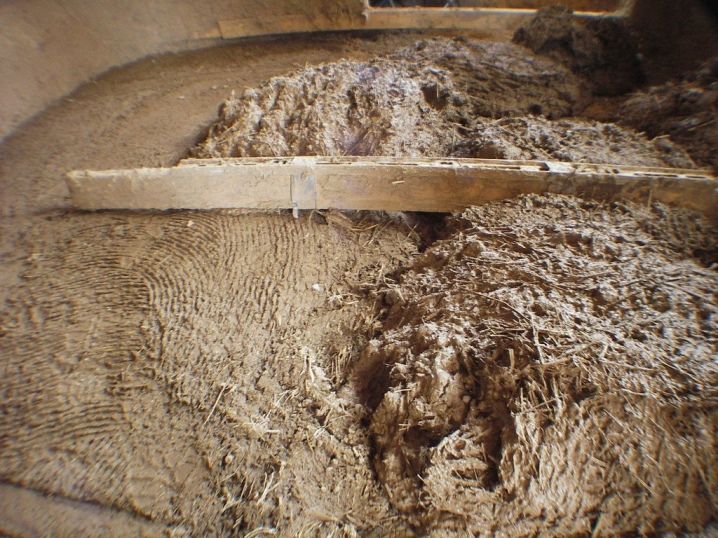
After that, the solution is laid out on a sand cushion between the logs with a layer 10-15 cm thick. It is necessary to allow the composition to dry, after which you can lay a clean floor covering.
Ceiling
Ceilings in a one-story private house can be insulated with either dry sawdust or mixed with seals. First, prepare the ceiling base, sheathing it with boards from the side of the living quarters. Then all the cracks on the attic base of the ceiling are sealed with polyurethane foam.
The next step is to lay the heat-insulating layer. Filling with dry mixture is carried out in several stages. Each layer is carefully rammed. The height of the insulation should be on the same level with the height of the slabs. Then a thin layer of ash is poured onto the sawdust, which will protect them from mold and mildew. The same technology is used to stack sawdust mixed with gypsum, clay or cement. The viscous composition is also laid gradually, so that voids do not form. Each layer is rammed. When the insulation hardens, a vapor barrier material is laid on it, attaching it to the floor beams using a construction stapler. Anyone who wants to make an attic in the attic should lay boards on top of the thermal insulation.
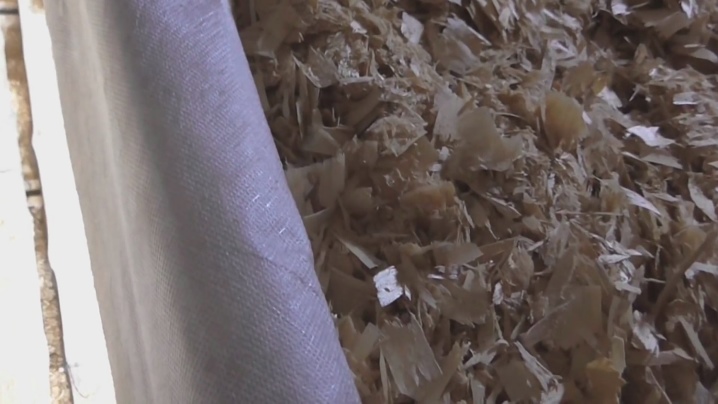
When carrying out thermal insulation of a wooden house, the insulation is laid from the side of the attic using well-dried sawdust.
When a mixture of sawdust, gypsum, clay or cement is used, the insulation should be allowed to dry well. This can take up to 30 days.
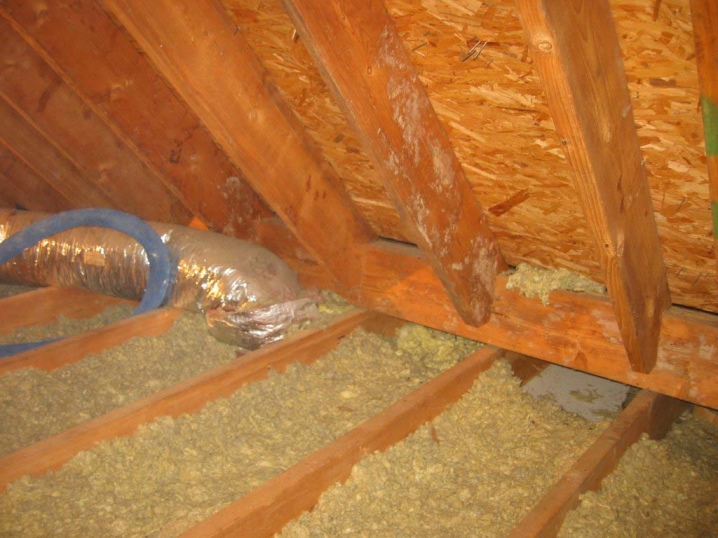
Walls
Vertical surfaces are usually insulated in timber frame houses. Dry the sawdust well before use. The filling of such insulation is carried out between the internal and external partitions that form the walls of frame structures. The backfill can be dry and with a seal. Before dry backfilling, waterproofing should be installed from the inside of the partitions, which will prevent moisture from getting into the sawdust.
With dry technology, a composition made from 90% sawdust and 10% slaked lime is used, which will scare away rodents, protect against mold and mildew. The space between the partitions is gradually filled with a dry mixture. Each layer must be carefully tamped. When the dry composition gives a sediment, you need to raise the walls and add the composition to avoid the formation of voids.
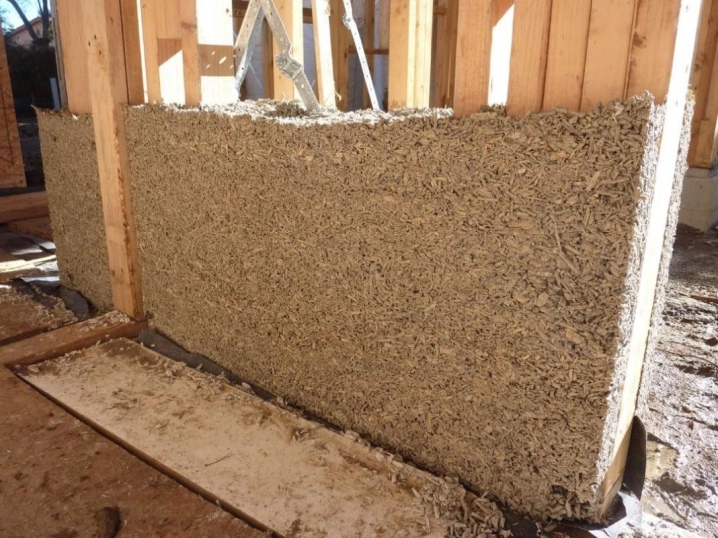
To insure against shrinkage, you can use insulation mixtures with hardeners. For the preparation of solid insulation, 8 and a half parts of sawdust are taken, slaked lime - 10 parts, gypsum - 5 parts.
The dry components are mixed, and then water is gradually added. The solution is laid in stages. The laid layer should be leveled and tamped.
You need to close the wall after the insulation has completely hardened.
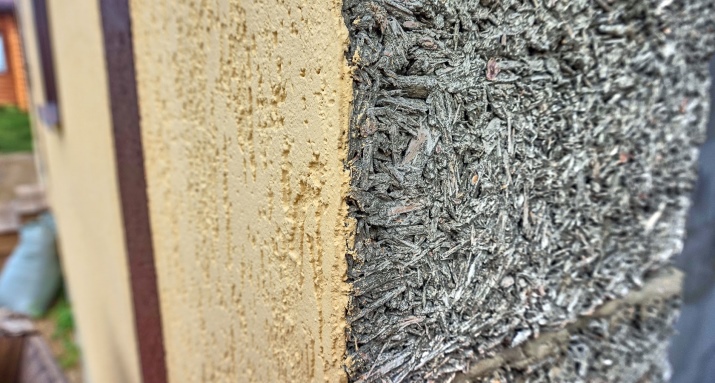


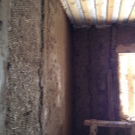
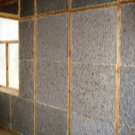

Using regular sawdust, which can often be collected for free at the sawmill, can help reduce the cost of purchasing firewood, coal or gas. Such natural insulation is perfect for thermal insulation of walls, floors and ceilings. Even a person who has no construction experience can master the technology of dry and liquid filling. By choosing the right additives for the materials from which a house or a bath is built, you can create good thermal insulation with your own hands, spending a little money on it.
For more information on how to properly insulate with sawdust, see the next video.









The comment was sent successfully.